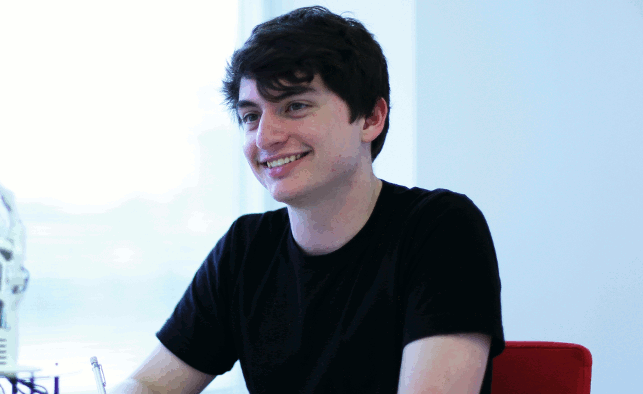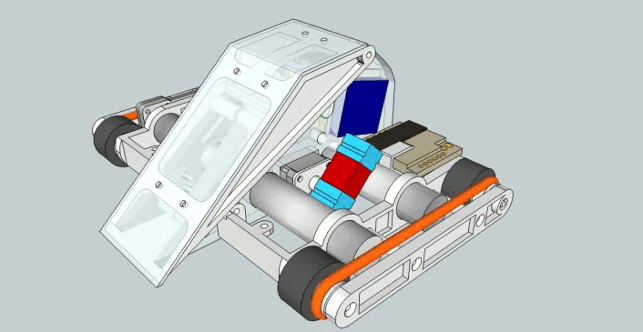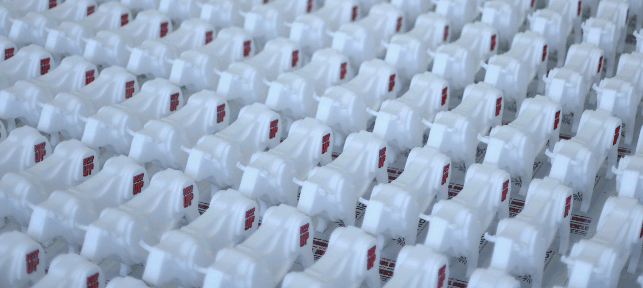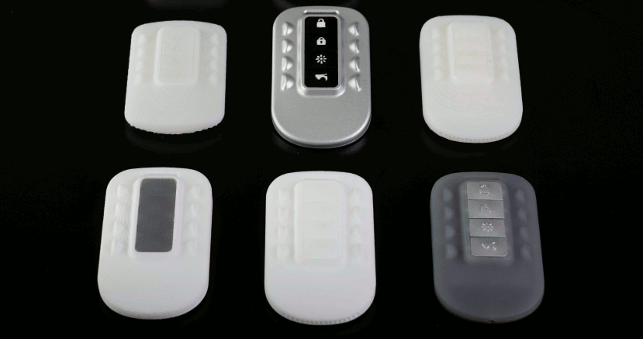Just a short walk from London’s Westminster tube station, in a fairly quiet open plan office in Millbank Tower is RPD International.

Josh Valman, CEO of RPD International
Looking around you wouldn’t guess that this company has grown 50 per cent month on month since its launch in January 2014, employs 46 people and is on track to achieving a seven figure turnover this financial year. You certainly wouldn’t guess that the man at the helm is 19-year old Josh Valman.
Valman’s CV, with its four job roles – MD of RPD International, MD of Miproto, owner of WeSellTubes.com and freelance product design engineer – reads like that of someone at least ten years older. However, what gives it away is his schooling: Vyners School in Ickenham, West London, 2006 – 2013. He only completed his A levels last year!
But what exactly does his company do? Valman explains it simply as “RPD powers design and manufacturing departments for companies.” Basically he has built a global supply chain that consists of specialist factories and contractors to handle everything in a product development project from conception, to prototyping, to mass production to delivery. It can handle all or just a small part.
“We employ incredible expertise and facilities around the world and bring these together in supply chain combinations that suit each project for necessary quality, quantity, speed and cost. From consumer electronics to jet engines, it’s not what we do, it’s how we do it.”
Game is on
It all started with Robot Wars. At age ten, Valman was a huge fan of this British television game show.
Broadcast from 1998 to 2003, participants’ robots would fight it out against each other in an arena. Too young to enter, Valman chose to compete in the show’s engineering competition with its robot weight restriction of less than 150g. He taught himself how to use Google SketchUp and constructed his creations using hand tools, including the CNC machine and lathes in his school’s Design & Technology Department.

The Robot Wars robot Valman created in SketchUp when he was 15
“I was designing some pretty crazy stuff such as a full pressure pneumatic system with an arm that fires open. It was pretty dangerous,” smiles Valman.
But seeing that everyone else in the competition was getting their components professionally made, he decided that he wanted to do the same. “So, I Googled ‘factory’.
All the UK factories were far too expensive for my budget; nobody seems to think of the budgets of 15 year olds. “But I had heard about Chinese factories so I Googled that. I found one and thought to myself what could go wrong? It’s just on the other side of the world, it just means waiting a bit longer.”
However, the bank would not allow him to send his pocket money to a factory in China that he found on the internet. Neither would his parents for that matter. So, unbeknown to them, he set up a PayPal account and sent every penny he had – £500 to be exact – that way.
About two weeks later the DHL package arrived and inside were the billet aluminium components that had been CNC machined to within 0.1mm tolerance. He was very chuffed and when he took his robot to the Robot Wars World Series event, others were impressed too.
So much so that requests started coming in for him to produce their robot components, which soon scaled up to other components. At 15 his career as a freelance product design and manufacturing consultant had begun.
“Lots of people doing this Robot Wars stuff were high up figure heads in large multinational companies so by doing small bits of work for them they’d tell others. The work kept coming in to the point where I was earning £10,000 a week,” he comments.
Saturday job
Valman also decided to get a normal (well, normal for a teenager) job working Saturdays in his local bicycle retail shop.
By his own admission, he was painfully shy and thought that being forced to speak to the general public would help his communication skills. He also learnt about business and for 11 months operated weselltubes.com, an online retailer of inner tubes.
Ever the entrepreneur, he’d also decided, as his freelance work was going so well, to set up a web based product design, development and prototyping platform. He’d realised that his success was due to his being accessible and so decided to launch Miproto with the aim of making product design and manufacturing accessible to everybody.

RPD International created 550 small foam cows for client Taxi Studio
“Anybody can upload a design, pay their fee and have it made,” he explains.
Valman eventually managed to get some investors onboard but admits that most were weary of risking money on a ‘kid’. “It took me a while to prove my worth to people.
But I ended up flying out to Gibraltar just before my A levels started. I closed my first investor and wrote my coursework on the flight home.”
But since then Valman has been very selective in the investors he’s chosen. It’s not about the money, but more about what they can offer in terms of skills and connections. “Some people I would take £5,000 off but it’s not because it’s £5,000, it’s because this guy is the director of this company who can connect me to that company who can in turn connect me to this other company.”
Valman did manage to pass his A levels but his marks weren’t sufficient to get him into any of the engineering courses he applied for. Ironically, he now teaches at one of these universities. “I didn’t get into Imperial College and now I teach at their Entrepreneurship Club so I don’t feel so bad.”
New year, new business
Meanwhile Miproto was doing well but wasn’t making much money.
With his entrepreneur head on he got thinking and realised that companies, both large and small, rather than individuals were using this service. So, using the same global supply chain, in January 2014 he launched RPD International – a corporate platform that powers design and manufacturing for companies.

Various prototypes of a key fob for a British supercar manufacturer
“We handle everything, from concept through to manufacture and delivery. We operate this global supply chain of talent in design, engineering and manufacturing.
By connecting all of these incredibly powerful resources, we are able to think differently about both design and process.” explains Valman.
Companies can use it for the entire product development process or, like some larger engineering firms have done, dip into a certain part of the process whether it’s help with an R&D project, getting a design prototyped or for manufacturing assistance.
“People pay an amount each month which is a deposit to retain our services. So it’s up to us to guarantee that we have the resources in-house ready when they call and say ‘help’,” says Valman.
In a bid to build his supplier and contractor list, he has jetted out to factories all over the world and talked to various designers and engineers who he employs on a freelance basis when needed. The idea is to link up the right person with the right project and then find the best manufacturer to deliver.
This is more often than not a manufacturer local to the client where there is not a great deal of shipping involved because according to Valman, “time is worth so much more than money. That’s the future.”
So far RPD has worked with a range of clients including creative agencies such as London-based Taxi Studio, which as part of a national campaign for its client – plasterboard producer Siniat – asked for 550 small foam bulls to be made and delivered.
Another was a British supercar manufacturer who tasked RPD with designing its key fob asking: ‘How can our customers feel the beauty of our engine, without opening the bonnet every day?’. With a reasonable budget, Valman combined three minds: an American artist, Italian fashion designer and a Scandinavian industrial designer.
The concepts were then refined by a London industrial designer, who embodied the V8 engine into the key fob itself. This was followed by various rounds of prototyping (including the internal PCB), tooling, batch manufacture of 5,000, assembly, packaging and delivery.
Back in his office, Valman has employed people to work with the British Standards Institution (BSI) to certify RPD’s processes and facilities – the boring side of business, according to him, whilst he gets very little sleep jetting off all over the place hunting out suppliers and spreading the word of what RPD does.
He is constantly visiting conferences, like DEVELOP3D Live in April, and has even organised one himself in Aarhus, Denmark, at the beginning of June and will be speaking at a few, including the Design Chain Conference, later this year.
He uses social media for all its worth especially locating designers and engineers to work for him. He has ceaseless energy and drive to grow his business but does seem a bit surprised when he admits that “it just works”.
He also still finds time to design having bought seats of SolidWorks through reseller Innova. “I can’t log in as a senior engineer, however, because I don’t have a degree. So, the CEO is a junior engineer,” he laughs.
Josh Valman, the 19 year-old CEO of RPD International
Default






